


| MOQ: | 1kg |
| Price: | US $15/kg |
| Standard Packaging: | Cylinder/Tank |
| Delivery Period: | 15 days |
| Payment Method: | L/C, T/T |
| Supply Capacity: | 5000kg/month |
1. Chemical Composition: Hydrogen sulfide consists of two hydrogen atoms bonded to a sulfur atom, resulting in the chemical formula H2S.
2. Occurrence: Hydrogen sulfide can be found naturally in certain geological formations, such as sulfur springs, volcanic gases, and some natural gas deposits. It can also be produced by the bacterial breakdown of organic matter, commonly found in swamps, sewers, and livestock facilities.
3. Odor and Toxicity: Hydrogen sulfide has a strong, pungent odor resembling that of rotten eggs, even at low concentrations. It is highly toxic and can be harmful to humans and animals when inhaled or exposed to high concentrations. At low concentrations, it can cause eye and respiratory irritation, while higher concentrations can lead to loss of consciousness, respiratory failure, and even death.
4. Industrial Applications: Despite its toxicity, hydrogen sulfide has various industrial applications. It is used in the production of chemicals, such as sulfuric acid, and for the synthesis of metal sulfides. It is also used in the petroleum industry as a desulfurizing agent and as a precursor for elemental sulfur production.
5. Safety Precautions: Due to its toxicity, it is important to handle hydrogen sulfide with caution. Exposure to high concentrations should be avoided, and proper ventilation is crucial when working in areas where hydrogen sulfide may be present. Personal protective equipment, such as respirators and gas detectors, should be used when working with or around hydrogen sulfide.
6. Environmental Impact: Hydrogen sulfide can have negative effects on the environment. When released into the atmosphere, it contributes to the formation of acid rain. In aquatic environments, it can be toxic to fish and other aquatic organisms, especially at high concentrations.
It is important to note that hydrogen sulfide is a hazardous gas, and if you encounter it or suspect its presence, it is recommended to seek professional assistance and follow appropriate safety procedures.
| DOT Class | 2.3 & 2.1 | Un No | 1053 |
| Cylinde | DOT/ISO/GB | Cylinder Pressure | 15MPa/20MPa |
| Valve | Cga330 | Melting Point | -85.5 ºC |
| Appearance | Colorless, Rotten Egg Smell | Boiling Point | -60.4 ºC |
| Density | 1.36 Kg/M3 | Molecular Weight | 34.08 |
| Transport Package | 47L, 800L | Specification | 99.5%, 99.9% |
| Trademark | CMC | Origin | China |
| HS Code | 28309090 | Production Capacity | 2000 Tons/Year |
Specification:

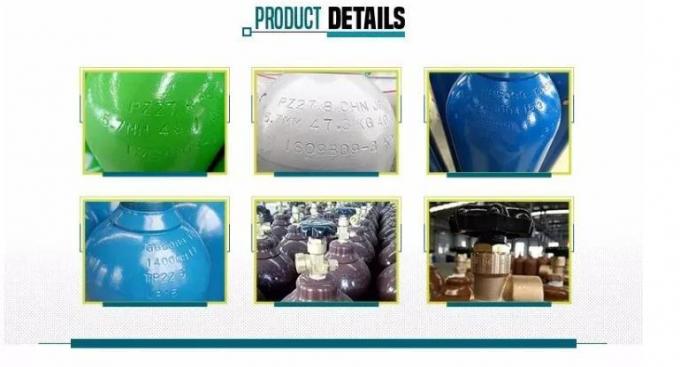
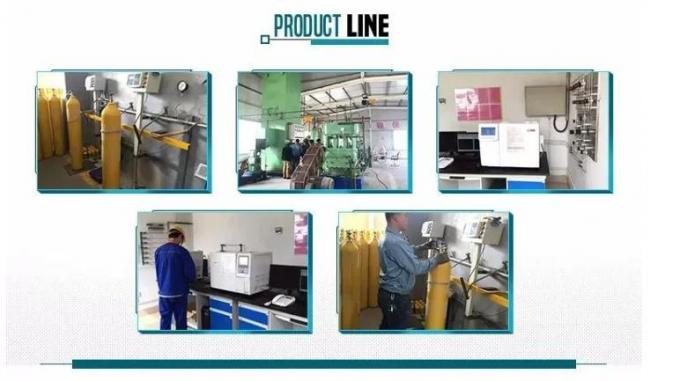
Detailed Photos
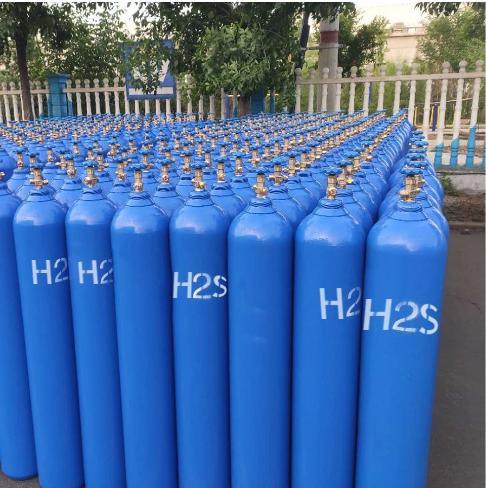
![]()
![]()
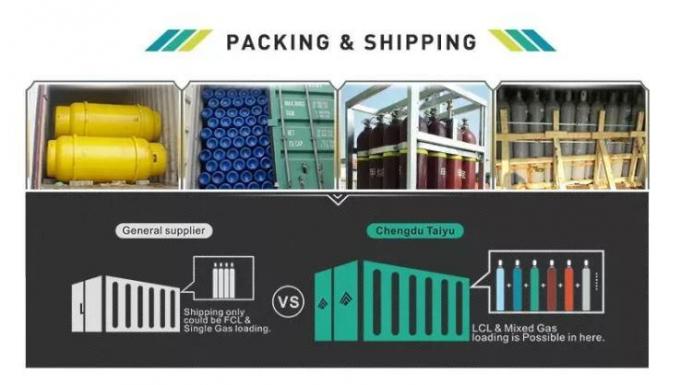
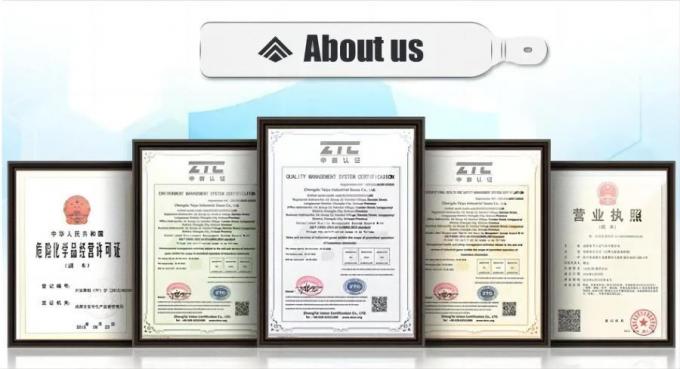
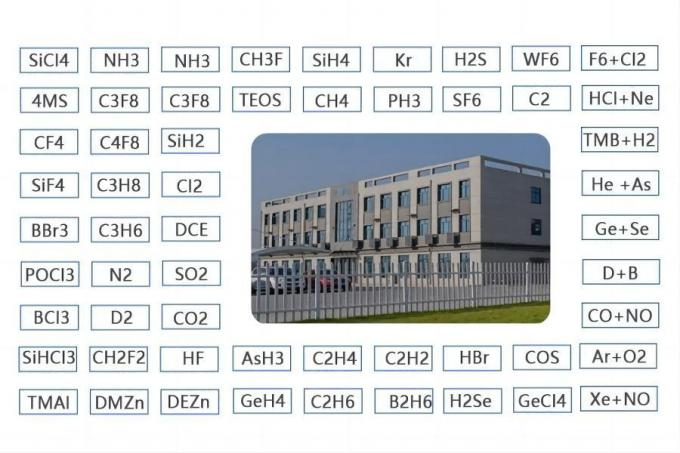


| MOQ: | 1kg |
| Price: | US $15/kg |
| Standard Packaging: | Cylinder/Tank |
| Delivery Period: | 15 days |
| Payment Method: | L/C, T/T |
| Supply Capacity: | 5000kg/month |
1. Chemical Composition: Hydrogen sulfide consists of two hydrogen atoms bonded to a sulfur atom, resulting in the chemical formula H2S.
2. Occurrence: Hydrogen sulfide can be found naturally in certain geological formations, such as sulfur springs, volcanic gases, and some natural gas deposits. It can also be produced by the bacterial breakdown of organic matter, commonly found in swamps, sewers, and livestock facilities.
3. Odor and Toxicity: Hydrogen sulfide has a strong, pungent odor resembling that of rotten eggs, even at low concentrations. It is highly toxic and can be harmful to humans and animals when inhaled or exposed to high concentrations. At low concentrations, it can cause eye and respiratory irritation, while higher concentrations can lead to loss of consciousness, respiratory failure, and even death.
4. Industrial Applications: Despite its toxicity, hydrogen sulfide has various industrial applications. It is used in the production of chemicals, such as sulfuric acid, and for the synthesis of metal sulfides. It is also used in the petroleum industry as a desulfurizing agent and as a precursor for elemental sulfur production.
5. Safety Precautions: Due to its toxicity, it is important to handle hydrogen sulfide with caution. Exposure to high concentrations should be avoided, and proper ventilation is crucial when working in areas where hydrogen sulfide may be present. Personal protective equipment, such as respirators and gas detectors, should be used when working with or around hydrogen sulfide.
6. Environmental Impact: Hydrogen sulfide can have negative effects on the environment. When released into the atmosphere, it contributes to the formation of acid rain. In aquatic environments, it can be toxic to fish and other aquatic organisms, especially at high concentrations.
It is important to note that hydrogen sulfide is a hazardous gas, and if you encounter it or suspect its presence, it is recommended to seek professional assistance and follow appropriate safety procedures.
| DOT Class | 2.3 & 2.1 | Un No | 1053 |
| Cylinde | DOT/ISO/GB | Cylinder Pressure | 15MPa/20MPa |
| Valve | Cga330 | Melting Point | -85.5 ºC |
| Appearance | Colorless, Rotten Egg Smell | Boiling Point | -60.4 ºC |
| Density | 1.36 Kg/M3 | Molecular Weight | 34.08 |
| Transport Package | 47L, 800L | Specification | 99.5%, 99.9% |
| Trademark | CMC | Origin | China |
| HS Code | 28309090 | Production Capacity | 2000 Tons/Year |
Specification:



Detailed Photos

![]()
![]()



